|
Overview I've been working on this cipher for several years now, and although it's not the first one I've developed, it's the best one, so far. Not just in terms of security but also in speed and customization. I haven't touched the algorithm in a couple of years now, but I recently did some updates on its shell functions and its GUI for better usability. But I'm getting ahead of myself. Let's start with some basics first, in case you are not familiar with it. What ThunderStorm Is ThunderStorm is a semi-symmetric encryption system designed for codes impenetrable by conventional cryptanalysis methods. Unlike other encryption methods, it doesn't rely on prime numbers and factoring, while it employs true randomness in the keys it uses for additional security. It currently exists in two versions: one that's order-sensitive and one that's purely symmetric and order-indifferent. The former makes for a stronger cipher, while the latter is lighter. ThunderStorm is implemented entirely in Julia (recently tested in v.1.7.2 with no issues) and has minimal dependencies on any libraries. How It Works In a nutshell, ThunderStorm works as follows. It captures all the relevant information regarding the size of the original file and its hash. It then encrypts it using the hash of the key. This is the header of the encrypted archive. Then a random amount of noise is created and added to the original file. After that, the data is encrypted and shuffled using the key, in a byte-wise fashion. The resulting archive, which is somewhat larger than the original is outputted using a file extension that makes it clear what it is. For the decryption process, the reverse is done. Note that if a single bit in the key file is off, the decryption process won't work, or if it does, it will yield a completely different file that would be unrecognizable. Also, if you were to take a random byte in the encrypted archive there is no way of knowing if that byte is an encrypted part of the original file (it could be just noise) or if it is which part of the file it comes from or what it is exactly. Also, only part of the key is usually used for the encryption, while its parts are shuffled before being utilized in the encryption process. I had published a video on ThunderStorm back in my Safari days, but it's no longer available since the contract with O'Reilly (which acquired Safari at one point) came to an end. ThunderStorm Use Cases The ThunderStorm system has several real-world use cases. Primarily, it is ideal for individual use, particularly for static documents (e.g., a password archive, financial records, etc.). This includes documents that are stored in the cloud or a web server. Additionally, ThunderStorm can be modified to be used for exchanging sensitive documents, where increased cybersecurity is a requirement. For all the use cases, large encryption keys are strongly recommended, something possible through an auxiliary method of the ThunderStorm system. A large key can be manufactured in such a way that it has zero ectropy (i.e., maximal entropy possible), making cryptanalysis extremely difficult if not altogether impossible. The fact that keys can be reused in ThunderStorm with minimal risk is an asset that can be harnessed for efficiency. Latest Improvements Since I'm a big fan of continuous improvement (Total Quality Management), I decided to make a GUI for ThunderStorm, even though I'm not a GUI kind of guy. Still, after having developed my BASH scripting skills enough, I was able to do that. So, recently I came up with a new script that leverages a few window screens to facilitate the use of this program. It still uses Julia on the back-end, but it can run directly from the shell (or the file manager, if you prefer). Below are some screenshots of the interactive aspects of that script. Note that some of the functionality of ThunderStorm was removed to make the whole program easier for the average user. For the more tech-savvy users, the functionality remains and can be accessed through the corresponding Julia scripts. Parting Thoughts Probably this is not the last update on ThunderStorm since it's been my pet project for a while now. Also, considering how feeble most ciphers are when it comes to the quantum threat, someday enough people may see value in a robust and unconventional cipher, to warrant further R&D on it. Until then, it will probably remain a niche thing, much like the language it was written in, as most high-level developers prefer to stick with the languages they know instead of going for a newer and objectively better language like Julia. Cheers!
0 Comments
Your comment will be posted after it is approved.
Leave a Reply. |
Zacharias Voulgaris, PhDPassionate data scientist with a foxy approach to technology, particularly related to A.I. Archives
April 2024
Categories
All
|

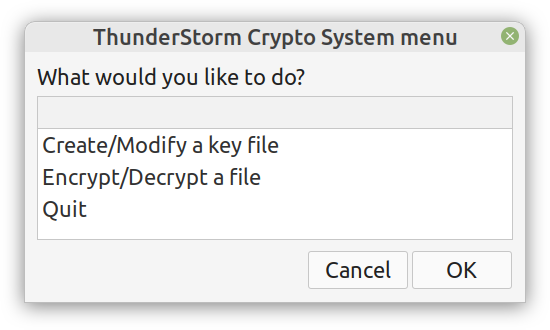
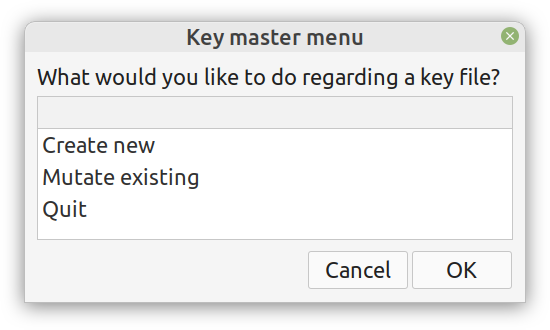
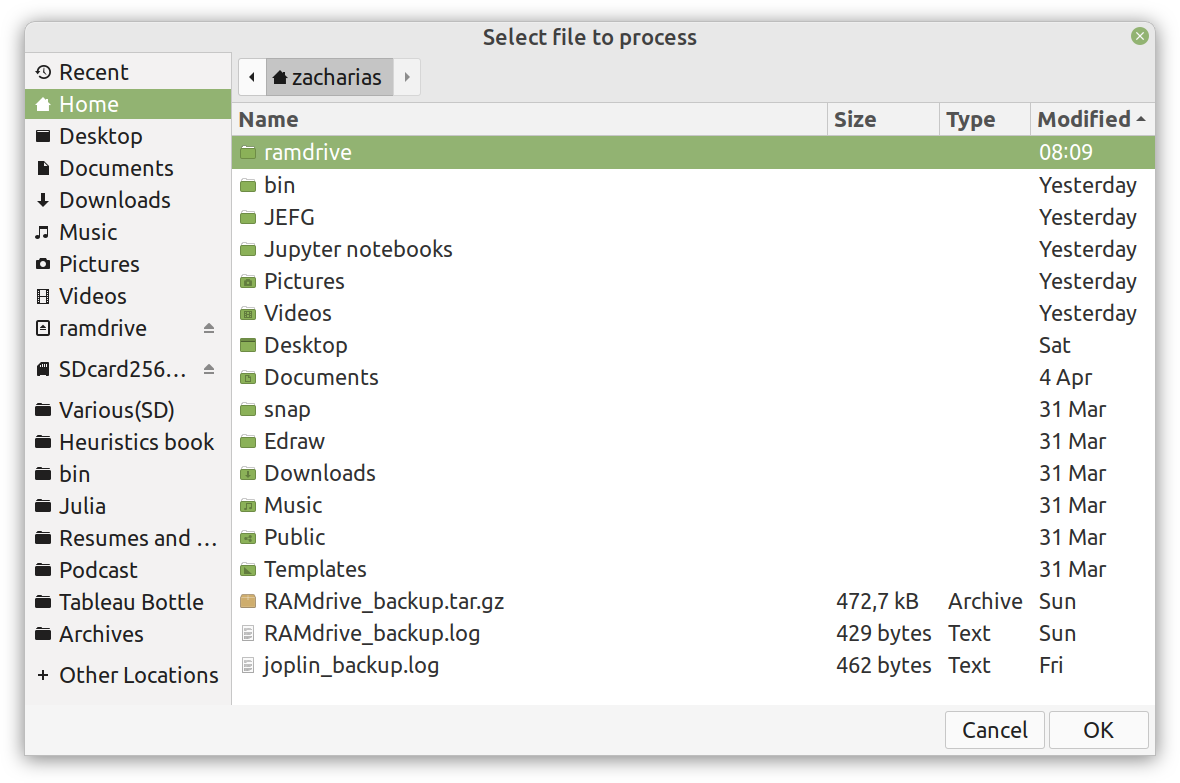
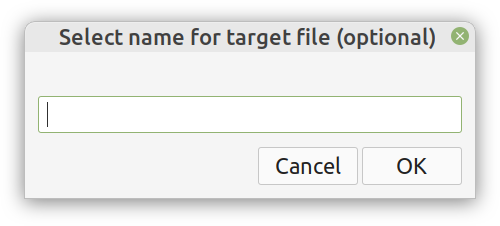
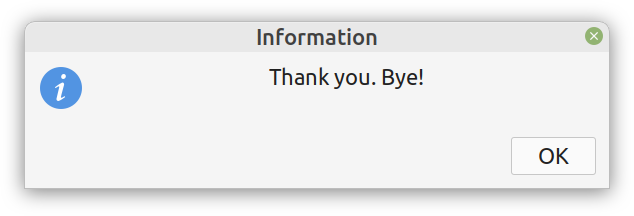
 RSS Feed
RSS Feed